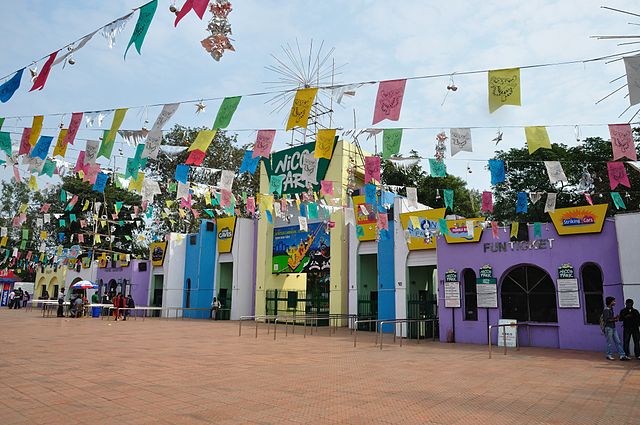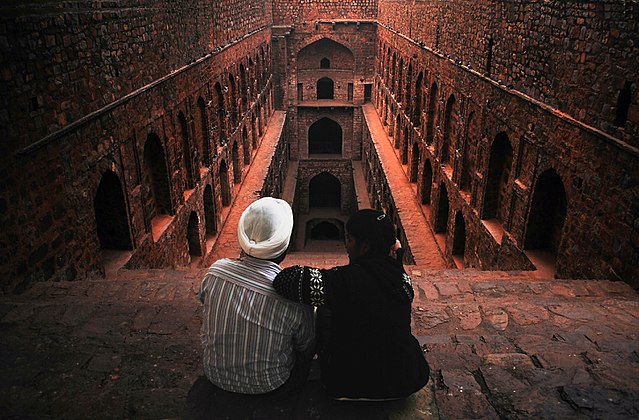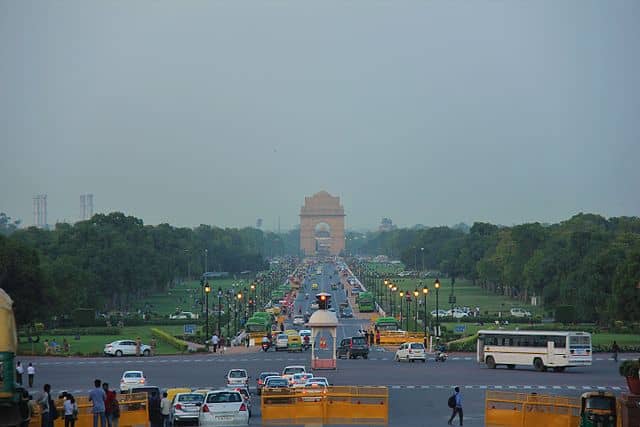Welcome to the vibrant city of Kolkata, where fun and excitement await at its top water parks. With a plethora of thrilling water slides, refreshing pools, and exhilarating attractions, Kolkata offers a perfect escape from the scorching heat.
Whether you’re a thrill-seeker or a leisurely water enthusiast, these water parks promise an unforgettable experience for visitors of all ages. From heart-pounding rides to relaxing wave pools, let’s dive into the world of water parks in Kolkata and discover the perfect destination to beat the heat and create lasting memories.
Here are some of the top water parks in Kolkata:
Aquatica Water Theme Park
Aquatica Water Theme Park is one of the largest water parks in Kolkata and eastern India. It has a wide variety of water rides, including a wave pool, a lazy river, and several body slides. The park also has a children’s area with smaller rides and a splash pool.
Nicco Park
Nicco Park is a popular amusement park in Kolkata that also has a water park section. The water park has a variety of water rides, including a water coaster, a funnel slide, and a wave pool. There is also a children’s area with smaller rides and a splash pool.
Suggested Read- List of Amusement & Water Park in Delhi/NCR
Wet O Wild
Wet O Wild is a water park located inside Nicco Park. It has a variety of water rides, including a free fall slide, a speed slide, and a family raft ride. There is also a children’s area with smaller rides and a splash pool.
Aqua Marina
Aqua Marina is a water park located in Hooghly district, about 30 km from Kolkata. It has a variety of water rides, including a wave pool, a lazy river, and several body slides. The park also has a children’s area with smaller rides and a splash pool.
Suggested Read- List of Top Amusement Parks In Bangalore, Karnataka
Diamond Park
Diamond Park is a water park located in South Kolkata. It is a relatively small park, but it has a variety of water rides, including a wave pool, a lazy river, and several body slides. There is also a children’s area with smaller rides and a splash pool.
These are just a few of the many water parks in Kolkata. When choosing a water park, it is important to consider the rides and attractions that you are interested in, as well as the price of admission.




